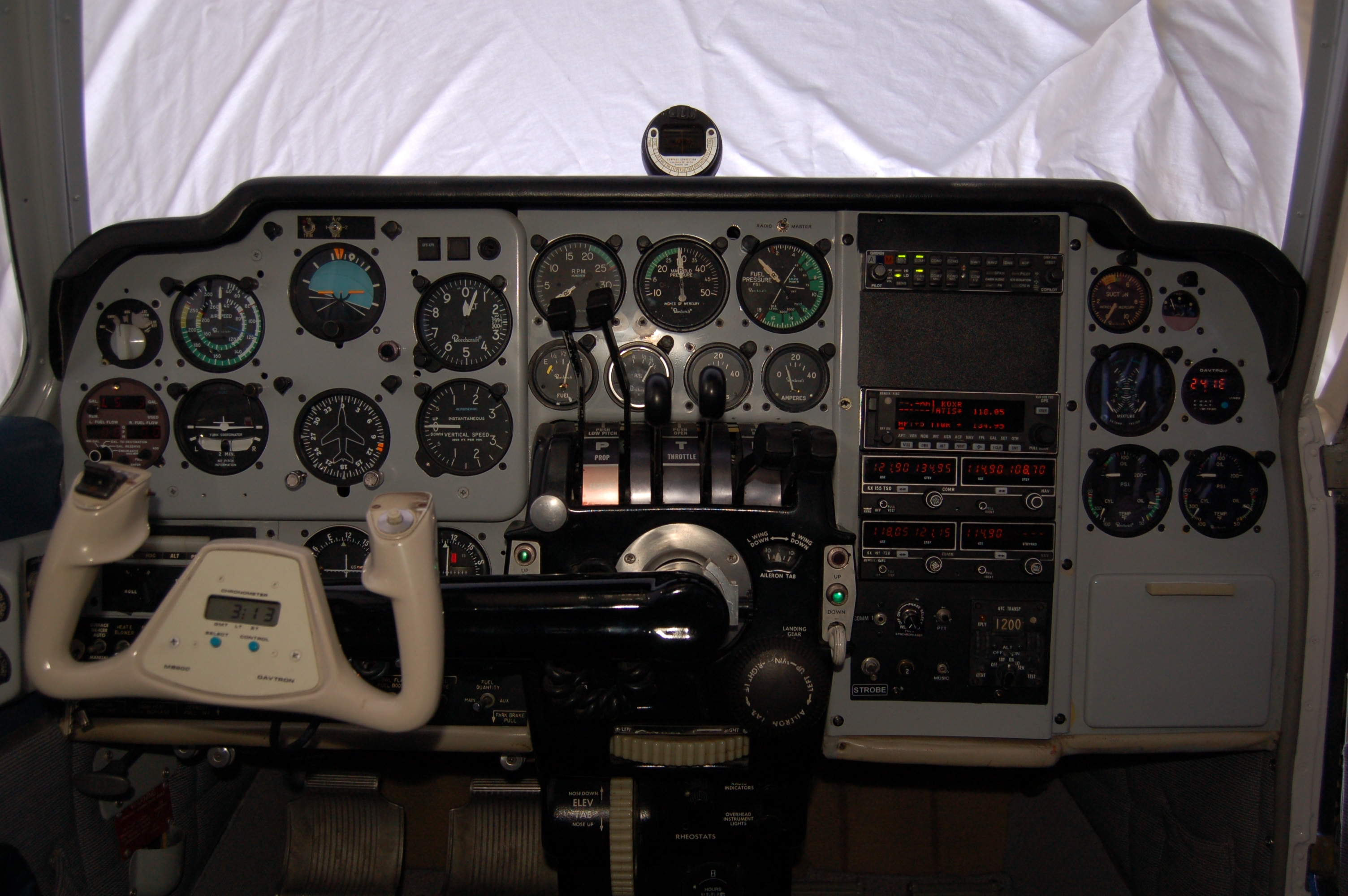|
Air Force Of Uruguay
The Uruguayan Air Force ( es, Fuerza Aérea Uruguaya, abbreviated FAU) is the air service branch of the Armed Forces of Uruguay. Originally created as part of the National Army of Uruguay, the Air Force was established as a separate branch on December 4, 1953. It is the youngest and also the smallest branch of the Armed Forces of Uruguay. In 1977 it was determined that the mission of the Air Force is to conduct strategic and tactical aerospace operations on behalf of the national defense, exercising the sovereignty of the Uruguayan airspace and defending the independence, integrity, constitution and laws of the country, conduct search and rescue missions and plan, propose, execute and supervise the necessary measures for the development of the aerospace potential, while also providing any necessary and possible logistical support during the natural disasters that the country may suffer. Since 1985 this has been always carried out under the command of the President of Uruguay, a ... [...More Info...] [...Related Items...] OR: [Wikipedia] [Google] [Baidu] |
CASA C-212 Aviocar
The CASA C-212 Aviocar is a turboprop-powered STOL medium cargo aircraft designed and built by the Spanish aircraft manufacturer Construcciones Aeronáuticas SA (CASA). It is designed for use by both civil and military operators. The C-212 was developed during the 1960s in response to the Spanish Air Force's need to replace much of its transport aircraft fleet and was designed to perform numerous roles, including ambulance aircraft, paratroop carrier, and utility transport. The first prototype made its maiden flight on 26 March 1971, and an order was secured from the Spanish Air Force three years thereafter. Several other customers emerged, initially from the military sector but, due to the interest of civilian airliners, CASA developed a dedicated civil version of the C-212 as well. Production of the type at the Seville facility would continue for 40 years, with 483 aircraft produced. Indonesia emerged as a key early customer for the C-212. During 1975, the Indonesian airc ... [...More Info...] [...Related Items...] OR: [Wikipedia] [Google] [Baidu] |
Military Branch
Military branch (also service branch or armed service) is according to common standard a subdivision of the national armed forces of a sovereign nation or state. Types of branches Unified armed forces The Canadian Armed Forces is the unified armed forces of Canada. While it has three environmental commands - namely the Canadian Army, Royal Canadian Navy, and Royal Canadian Air Force The Royal Canadian Air Force (RCAF; french: Aviation royale canadienne, ARC) is the air and space force of Canada. Its role is to "provide the Canadian Forces with relevant, responsive and effective airpower". The RCAF is one of three environm ... - it remains a single military service. NATO definition ''Branch of service'' (also ''branch of military service'' or ''branch of armed service'') refers, according to NATO standards, to a branch, employment of combined forces or parts of a service, below the level of service, military service, or armed service.MILITÄRISCHES STUDIENGLOSSAR EN ... [...More Info...] [...Related Items...] OR: [Wikipedia] [Google] [Baidu] |
Piper PA-18
The Piper PA-18 Super Cub is a two-seat, single-engine monoplane. Introduced in 1949 by Piper Aircraft, it was developed from the PA-11 Cub Special, and traces its lineage back through the J-3 Cub to the Taylor E-2 Cub of the 1930s. In close to 40 years of production, over 10,000 were built. Super Cubs are commonly found in roles such as bush flying, banner towing and glider towing. Design and development While based on the design of the earlier Cubs, the addition of an electrical system, flaps (3 notches), and a considerably more powerful engine (150 hp), made it a very different flying experience. Although the "standard" Super Cub was fitted with a 150-horsepower (112 kW) Lycoming engine, it is not uncommon to see them equipped with a 160-horsepower O-320-B2B, or even 180 horsepower (134 kW) Lycoming O-360 powerplant. The high-lift wing and powerful engine made the Super Cub a prime candidate for conversion to either floatplane or skiplane. In addition, t ... [...More Info...] [...Related Items...] OR: [Wikipedia] [Google] [Baidu] |
Beechcraft Baron 58
The Beechcraft Baron is a light twin-engined piston aircraft designed and produced by Beechcraft. The aircraft was introduced in 1961. A low-wing monoplane developed from the Travel Air, it remains in production. Design and development The direct predecessor of the Baron was the Beechcraft 95 Travel Air, which incorporated the fuselage of the Bonanza and the tail control surfaces of the T-34 Mentor military trainer. To create the new airplane, the Travel Air's tail was replaced with that of the Beechcraft Debonair, the engine nacelles were streamlined, six-cylinder engines were added, and the aircraft's name was changed. In 1960, the Piper Aztec was introduced, using two 250 hp Lycoming O-540 engines; Cessna too had improved its 310 with two Continental IO-470 D, producing 260 hp. Meanwhile, Beechcraft's Bonanza had been improved with a Continental IO-470-N. But the answer to competition was to make a true twin-engined variant of the Bonanza. The first ... [...More Info...] [...Related Items...] OR: [Wikipedia] [Google] [Baidu] |

.jpg)

